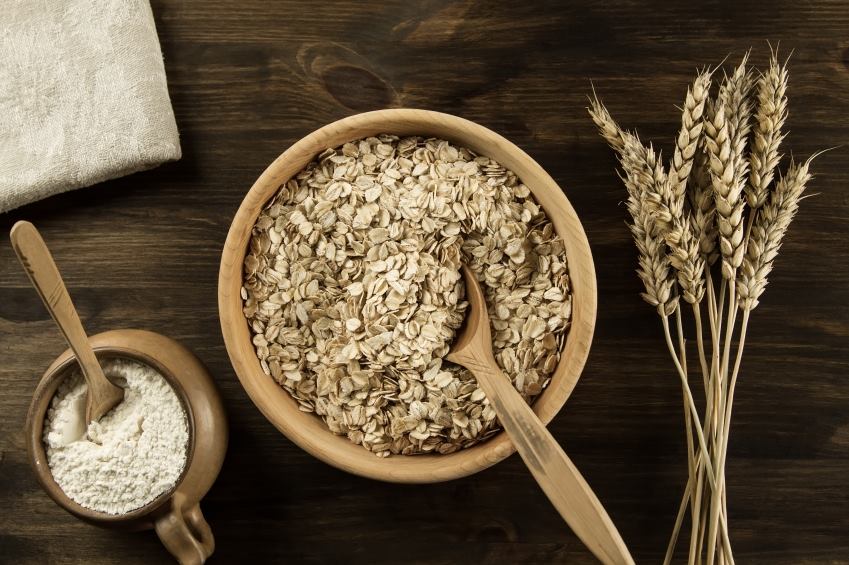How Can We Help?
Cooking and Nutrition at the Community Action Center

Cooking and Nutrition
Teaching healthy eating to our clients promotes nutrition as well as knowing where our food comes from. Encouraging community members to make their own food and learn new skills gives them the opportunity to take control of their health and wellbeing.
The year two VISTA was able to work with cooking and nutrition through the “demo kit” project. There were community members and clients of the CAC who came into the community kitchen at the CAC to test their recipes and teach them to other community members during food bank distribution in the same building. The year two VISTA used SNAP-Ed and MyPlate information to choose recipes to demonstrate that were health conscious and economical. Most of the recipes that were demonstrated highlighted ingredients that community members could find in the food bank. The demonstrations also highlighted cooking skills, not just recipes, that highlight healthy eating, like how to grow a windowsill herb garden, water bath canning, and dehydrating food.Toward the beginning of the year, the second year VISTA used SNAP-Ed Nutrition monthly themes to help construct the way that they can format the Community Educator demonstrations.
Some of these volunteers who enjoyed cooking were eager to help with the Community Meals what were organized throughout the year. Giving these volunteers ways to stay involved and engaged in doing something that they loved was pivotal in maintaining their interest and keeping them involved. Some food bank volunteers were able to help implement the “food tastings” that took place at the food bank during distribution times. The cooking demo program moved toward samplings at the end of the summer as less and less community members were able to volunteer their time to the initial program. Sampling food from the food bank that isn’t often taken by clients is a good way to highlight the food and the different ways it can be prepared to be tasty. During the cooking demos and during the tastings, the second year VISTA created a template for recipes that was used and will continue to be used in the Community Food department and will add a sense of continuity to the recipes that the department distributes. It is nice to honor the volunteers who lead the demo or came up with the recipe by listing their names and giving them credit on the recipe card.
Keeping the conversation of food security alive was important in the year two VISTA project. Teaching clients how to cook and grow their own food gives them access to self-sufficiency in that they can control what they eat and where their food comes from. These two topics are major themes in the Community Food program as well as the preceding Palouse Tables Project.


